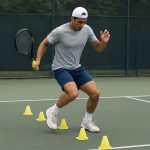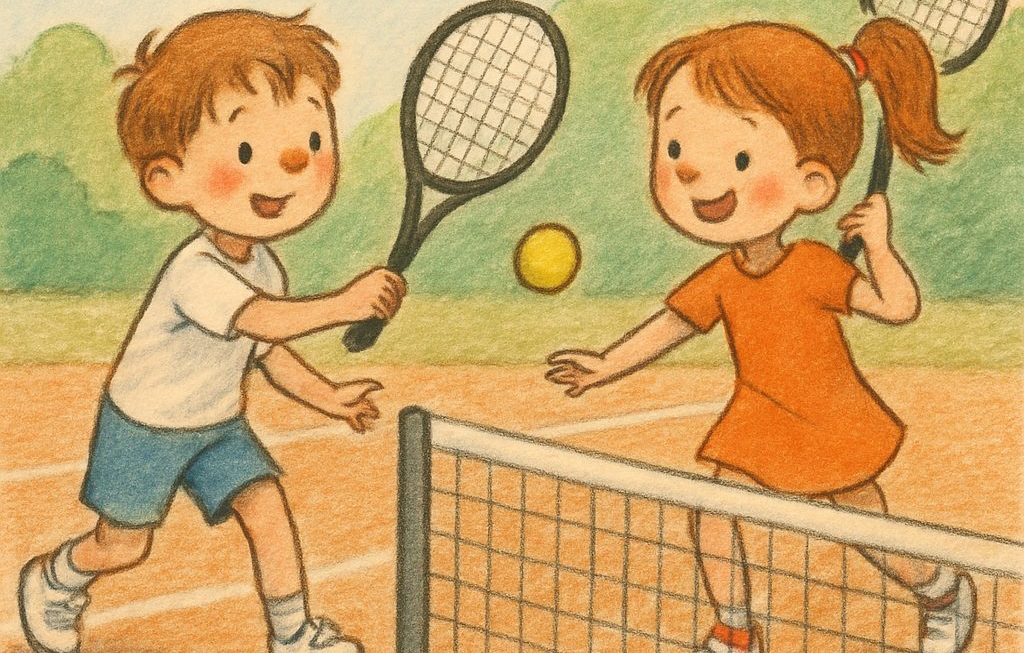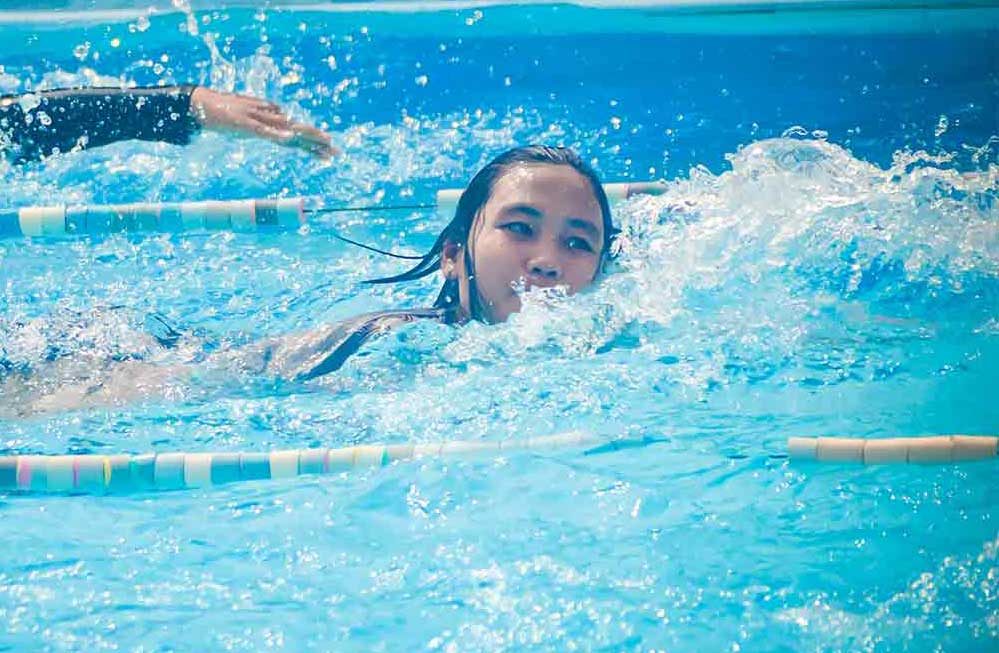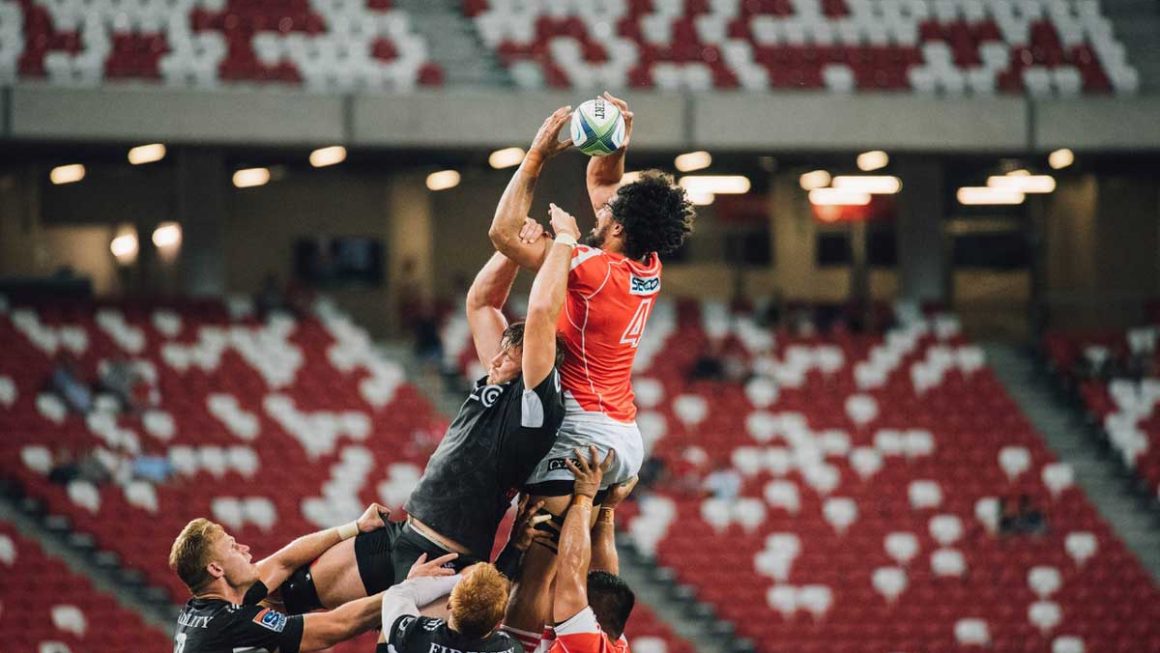Essential Volley Drills for All Levels
Volleyball and tennis are two sports that require agility, precision, and excellent hand-eye coordination. Whether you’re just starting out or are a seasoned player, practicing volley drills is crucial to improving your game. In this article, we’ll explore essential volley drills for all levels, helping you enhance your skills, from basic passing to advanced footwork.
Volley drills are a fundamental part of training in both volleyball and tennis. They help players improve their reflexes, coordination, and positioning on the court. By incorporating these drills into your routine, you can significantly enhance your performance during matches.
Building Core Skills
The foundation of any sport is built on core skills. In volleyball and tennis, these skills include passing, serving, and volleying. Practicing drills regularly helps players develop muscle memory, making it easier to execute these skills under pressure.
Enhancing Team Collaboration
For team sports like volleyball, drills are an excellent way to foster teamwork. They help players understand each other’s strengths and weaknesses, improving coordination and communication on the court.
Essential Volleyball Drills
Warm-Up Drills
Warming up is crucial to prevent injuries and enhance performance. Start with light jogging around the court, followed by dynamic stretches like arm circles and leg swings. Incorporating a few minutes of jump rope can also help increase agility and stamina.
Passing Drills
Passing is a critical skill in volleyball. One effective drill is the “pepper drill,” where two players stand facing each other and pass the ball back and forth using their forearms. This drill improves accuracy and communication between players.
Serving Drills
Serving is your first chance to score points. Practice serving by aiming for specific zones on the opponent’s court. Use cones or markers to visualize targets, and try to serve consistently within these areas. This drill enhances precision and control.
Blocking Drills
Blocking is an essential defensive skill. To practice blocking, set up a net and have one player act as a hitter while the other practices blocking techniques. Focus on timing your jumps and maintaining proper hand positioning.
Footwork Drills
Quick footwork is vital in volleyball. The “ladder drill” is a great way to improve agility. Lay a rope ladder on the ground and practice moving through it using various foot patterns. This drill enhances speed and coordination.
Essential Tennis Volley Drills
by Rezli (https://unsplash.com/@rezli)
Shadow Volley Drills
Start with shadow volley drills to focus on form and technique. Stand at the net and practice your volleying motion without a ball. Concentrate on your footwork, grip, and body positioning to ensure proper form.
Wall Volley Drills
Using a wall is an effective way to practice volleys independently. Stand a few feet from the wall and hit the ball against it, aiming for consistency and control. This drill helps improve your timing and reflexes.
Serve and Volley Drills
Combine serving and volleying by practicing serve-and-volley drills. Serve the ball and rush to the net to volley the return. This drill helps you transition quickly from serving to net play, a crucial skill in doubles matches.
Cross-Court Volley Drills
Practicing cross-court volleys enhances your ability to control the ball and place it strategically. Pair up with a partner and stand on opposite sides of the court. Exchange volleys diagonally to improve accuracy and court coverage.
Reaction Volley Drills
Improve your reflexes with reaction volley drills. Have a partner feed balls to you randomly while you stand at the net. Focus on quick reactions and maintaining a steady volleying motion.
Tips for Effective Volley Practice
Consistency is Key
Regular practice is essential for improvement. Set aside dedicated time each week for volley drills, and stick to your schedule. Consistency will help you build and maintain the skills necessary for success.
Vary Your Drills
To avoid monotony and ensure comprehensive skill development, vary your drills. Incorporate different types of volley drills to challenge yourself and work on various aspects of your game.
Focus on Form
While practicing drills, pay attention to your form. Proper technique is crucial for effective volleys. If possible, work with a coach or experienced player who can provide feedback and help you refine your skills.
Track Your Progress
Keep track of your performance during drills. Note areas where you excel and aspects that need improvement. Tracking your progress will help you set goals and measure your development over time.
Conclusion
Volley drills are an essential component of training for both volleyball and tennis players. By incorporating these drills into your practice routine, you can improve your skills, enhance your performance, and become a more confident player. Remember to warm up properly, focus on your form, and practice consistently to see the best results.
Whether you’re a beginner or an advanced player, these drills are designed to help you take your game to the next level. So grab your gear, hit the court, and start practicing these essential volley drills today!












